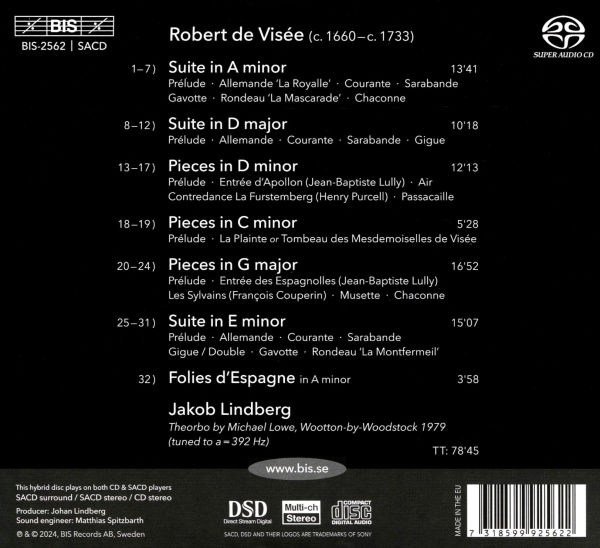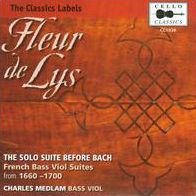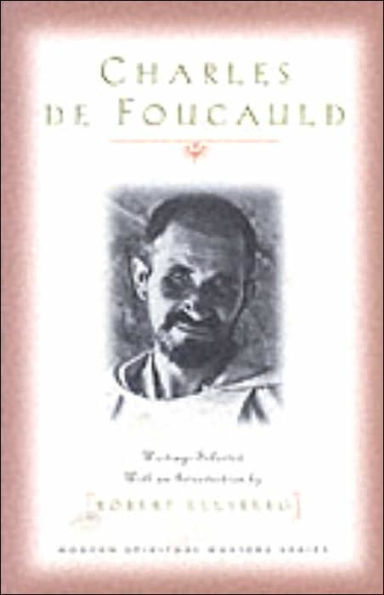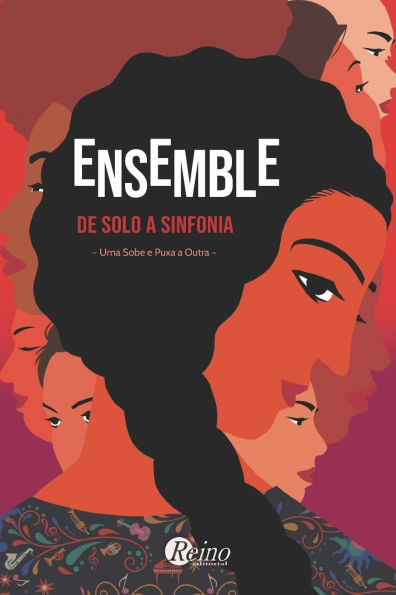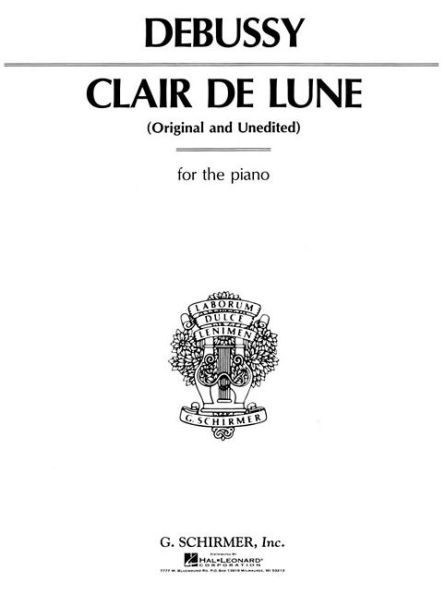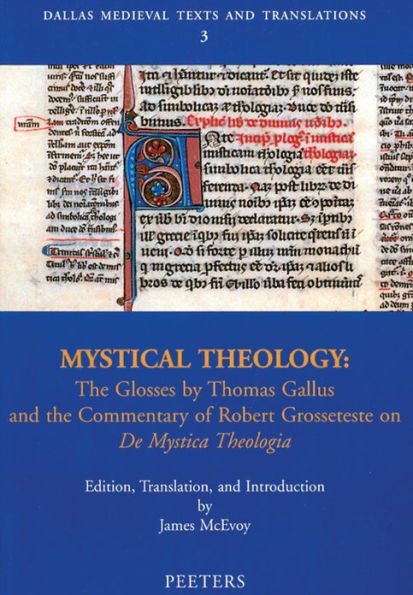Home
Robert de Visée: Theorbo Solo
Barnes and Noble
Loading Inventory...
Robert de Visée: Theorbo Solo in Bloomington, MN
Current price: $23.99


Robert de Visée: Theorbo Solo in Bloomington, MN
Current price: $23.99
Loading Inventory...
Size: OS
The theorbo, otherwise known as the chitarrone, is generally used as an accompanimental or continuo instrument, but it is nothing other than a big bass lute, and there are a few solo compositions for it. In the hands of
Robert de Visée
, lutenist to both Louis XIV and Louis XV, it has a bewitching sound. In these Suites and somewhat more freely shaped sets of Pieces,
de Visée
begins with a Prelude that opens on the bottom string of the theorbo, deepened still further by the low a=392 Hz tuning. It sets an almost mystical tone that theorbist
Jakob Lindberg
develops beautifully, almost concealing the dance rhythms in the movements in which they appear and including several programmatic pieces. Hear the
Musette
from the set of Pieces in G major with its evocation of bagpipe music.
Lindberg
is one of the great lutenists of the day, and his work here is commanding, drawing the listener deeply into this intimate repertory. The church sound from
BIS
is not all it could be; the engineering team seems to have found themselves in a space too large to represent the intimate confines of lute music at the French court and tried to compensate by miking
close up. This introduces extraneous noise, but it is not excessive, and the remarkable qualities of this music and this performer come through. ~ James Manheim
Robert de Visée
, lutenist to both Louis XIV and Louis XV, it has a bewitching sound. In these Suites and somewhat more freely shaped sets of Pieces,
de Visée
begins with a Prelude that opens on the bottom string of the theorbo, deepened still further by the low a=392 Hz tuning. It sets an almost mystical tone that theorbist
Jakob Lindberg
develops beautifully, almost concealing the dance rhythms in the movements in which they appear and including several programmatic pieces. Hear the
Musette
from the set of Pieces in G major with its evocation of bagpipe music.
Lindberg
is one of the great lutenists of the day, and his work here is commanding, drawing the listener deeply into this intimate repertory. The church sound from
BIS
is not all it could be; the engineering team seems to have found themselves in a space too large to represent the intimate confines of lute music at the French court and tried to compensate by miking
close up. This introduces extraneous noise, but it is not excessive, and the remarkable qualities of this music and this performer come through. ~ James Manheim
The theorbo, otherwise known as the chitarrone, is generally used as an accompanimental or continuo instrument, but it is nothing other than a big bass lute, and there are a few solo compositions for it. In the hands of
Robert de Visée
, lutenist to both Louis XIV and Louis XV, it has a bewitching sound. In these Suites and somewhat more freely shaped sets of Pieces,
de Visée
begins with a Prelude that opens on the bottom string of the theorbo, deepened still further by the low a=392 Hz tuning. It sets an almost mystical tone that theorbist
Jakob Lindberg
develops beautifully, almost concealing the dance rhythms in the movements in which they appear and including several programmatic pieces. Hear the
Musette
from the set of Pieces in G major with its evocation of bagpipe music.
Lindberg
is one of the great lutenists of the day, and his work here is commanding, drawing the listener deeply into this intimate repertory. The church sound from
BIS
is not all it could be; the engineering team seems to have found themselves in a space too large to represent the intimate confines of lute music at the French court and tried to compensate by miking
close up. This introduces extraneous noise, but it is not excessive, and the remarkable qualities of this music and this performer come through. ~ James Manheim
Robert de Visée
, lutenist to both Louis XIV and Louis XV, it has a bewitching sound. In these Suites and somewhat more freely shaped sets of Pieces,
de Visée
begins with a Prelude that opens on the bottom string of the theorbo, deepened still further by the low a=392 Hz tuning. It sets an almost mystical tone that theorbist
Jakob Lindberg
develops beautifully, almost concealing the dance rhythms in the movements in which they appear and including several programmatic pieces. Hear the
Musette
from the set of Pieces in G major with its evocation of bagpipe music.
Lindberg
is one of the great lutenists of the day, and his work here is commanding, drawing the listener deeply into this intimate repertory. The church sound from
BIS
is not all it could be; the engineering team seems to have found themselves in a space too large to represent the intimate confines of lute music at the French court and tried to compensate by miking
close up. This introduces extraneous noise, but it is not excessive, and the remarkable qualities of this music and this performer come through. ~ James Manheim
